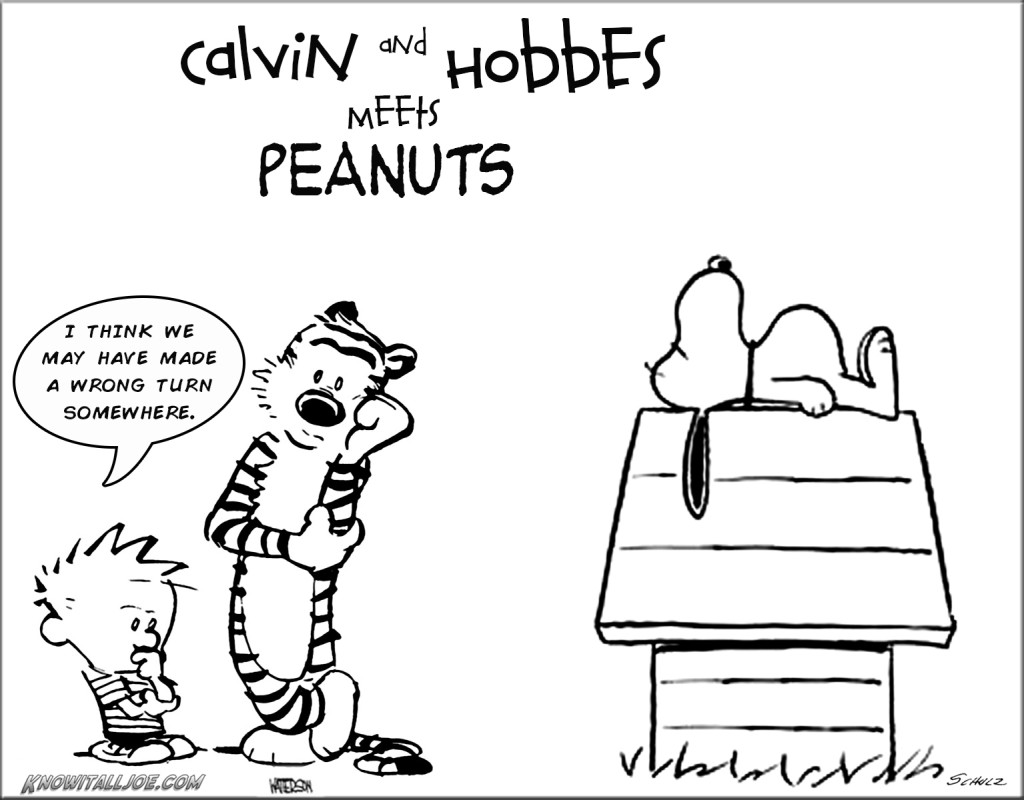

“You see him really stretching as an artist in the Sundays and they’re just beautiful to look at,” Robb says.

It’s visually appealing,” particularly in the groundbreaking Sunday strips, which eventually shed the grid layout in favor of panels of various shapes and sizes to suit the story.

“It has everything that can make a comic strip successful,” says Robb. The cover of The Calvin and Hobbes Portable Compendium. Since the strip began in 1985, readers have embraced the adventures of the impulsive Calvin, often lost in a vivid internal world his thoughtful tiger, Hobbes, who is real to him but stuffed to everyone else his longsuffering parents his babysitter and arch-nemesis, Rosalyn and his bright and diligent fellow first-grader Susie, target of many a failed snowball throw.

According to the publisher, Andrews McMeel, Calvin and Hobbes books have sold 50m copies, and the full collection has the unusual honor of having been the heaviest book to reach the New York Times bestseller list (not to mention the most expensive). And he’s uncomfortable in the role of a spokesperson for comics – he would prefer that people read and experience the comic strip rather than engaging with it filtered through him talking about it.”Īnd many millions of people have. He wants to let his artwork speak for itself. Though Watterson has been described as reclusive, that might not be the best word he lives a normal life, says Robb, one of the few people to have interviewed him, but “he doesn’t like to be in the spotlight. “From that standpoint, it makes sense that eventually he would find a project that he wanted to share with his audience.” Photograph: Courtesy Andrews McMeelĪfter years avoiding the public eye, what prompted Watterson to come out of retirement? “He’s been working creatively, painting and doing other types of art, since he ended the strip,” says Jenny Robb, head curator of comics at Ohio State University’s Billy Ireland Cartoon Library and Museum, which houses most of Watterson’s original strips. Bill Watterson and John Kascht’s The Mysteries.


 0 kommentar(er)
0 kommentar(er)
